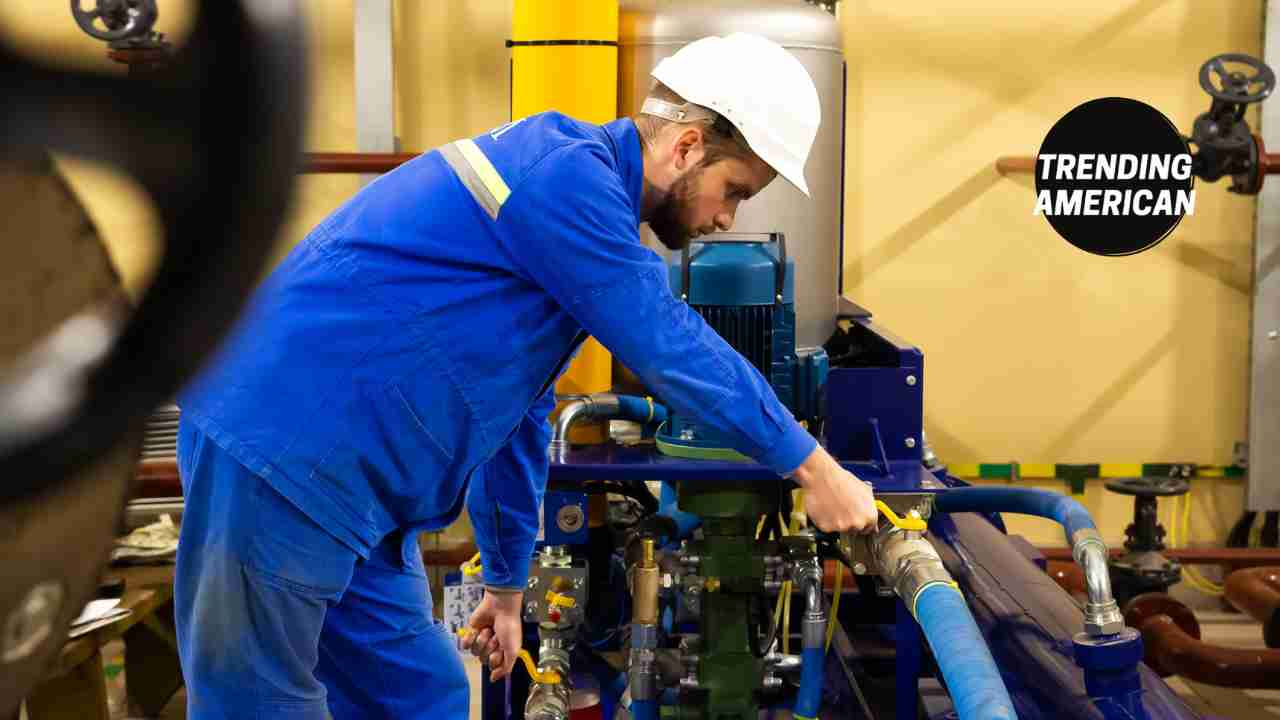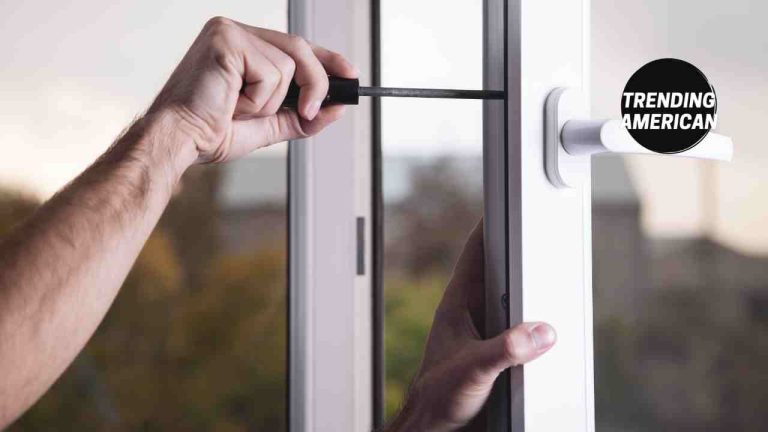Important Tips for Pump Maintenance
Homeowners invest significant resources in their homes to maintain their appearance and functionality. However, many overlook a vital component that impacts their homes’ living conditions—residential pumps. These pumps ensure comfortable living conditions by providing water for your kitchen, bathroom, heating/cooling systems, and more. Unfortunately, they are often taken for granted until something goes wrong, leading to costly repairs and inconveniences. Following these simple maintenance tips, homeowners can keep their pumps running smoothly and avoid frustrating scenarios such as waking up to no hot water on a chilly winter morning or having a malfunctioning cooling system on scorching summer days. This article will outline some important tips for homeowners to keep their pumps running smoothly.
Tips for Pump Maintenance
1. Clear Understanding of the Type of Pump Installed
Before attempting any maintenance on the pumps installed in the residence, it is crucial to understand their specific types clearly. Different pumps require unique approaches and techniques for proper maintenance, making it essential to identify the type(s) present. With this knowledge, homeowners can effectively maintain their pumps and avoid potential damage or complications.
2. Regular Mechanical Inspections
For optimal performance and the longevity of a pump, regular mechanical inspections should form the basis of any maintenance schedule. These inspections should be scheduled daily, weekly, monthly, quarterly, or annually according to your pump’s manual and performed without fail. During these inspections, there are several critical elements to check for, including verifying the stability of the mounting points, examining the mechanical seal(s) and packing, scrutinizing the pump flanges for leaks, inspecting couplings for any potential damage, cleaning and inspecting filters, checking for leaks, and examining the lubrication for both appropriate quality and quantity.
3. Proper Lubrication
Proper lubrication of the motor and the pump bearing is critical to a pump’s smooth operation and longevity. Following the manufacturer’s instructions while lubricating is crucial since excessive lubrication might be more harmful than inadequate lubrication. If the bearing has a vent cap, it must be removed, and the pump must run for at least 30 minutes before reinstalling the cap. It allows any excess grease to escape from the bearing, ensuring optimal performance and avoiding over-lubrication damage.
4. Establishing a Maintenance Frequency
The initial step in the plan is to establish a suitable maintenance frequency for the pump system. This involves referring to the owner’s manual and manufacturer guidelines to devise a consistent schedule that can be easily comprehended and executed by all operators. The frequency may be adjusted over time as they become more familiar with the pump system. By creating a clear schedule, everyone involved can remain aligned and aware of the maintenance requirements.
5. Enforcing Safety Measures
It is imperative for anyone operating or working near the pump system to be well-versed in the safety protocols in place. The first step towards this is to receive proper training and education on the subject matter. To guarantee that the adoption of suitable safety measures is carried out, it is advised to turn off machinery and adequately disconnect hydraulic and electrical systems.
6. Continuously Monitoring the Pump System
Understanding the operation of the pump system requires observation. While it is in use, one should become familiar with the system and watch it frequently. This makes it possible to identify potential issues like leaks, odd vibrations or sounds, or odd odors coming from the pump.
7. Renew Worn Parts
When it comes to maintaining the pump system, replacing worn-out or damaged components is essential. To spot any indications of wear or damage, the seals, gaskets, and hoses should be carefully inspected. Additionally, using a temporary rubber assembly lubricant can be beneficial, as it can help ensure a secure fit and prevent any potential slipping or leaking when the pump is restarted.
8. Mitigating Rust Buildup
The effective functioning of a pump is directly linked to its durability, and one key factor in prolonging its lifespan is preventing rust buildup. It is a crucial aspect that should be considered. It is recommended to apply anti-rust paint on metal surfaces regularly, if possible, every few years to mitigate rust buildup and prevent corrosion-related malfunctions that could potentially result in significant damage in the long run. This extra protection layer can help maintain the pump’s efficiency over time.
9. Have a Professional Inspect the Pump
Lastly, having a professional inspect the pump regularly is essential to ensure optimal performance and longevity. While homeowners can perform specific maintenance tasks, a professional can conduct more comprehensive inspections and identify potential issues before they escalate into significant problems.
Maintaining the smooth operation of your pump will save you money and give you peace of mind knowing that your home’s systems will function optimally for longer periods. Regardless, mishaps still happen, and those particularly affecting your pump could lead to water leakage, which can cause water damage. If that happens, you should contact residential restoration services to help clean up that mess. We hope that these tips have been useful in enlightening you on how to maintain a properly working pumping system for years to come.






